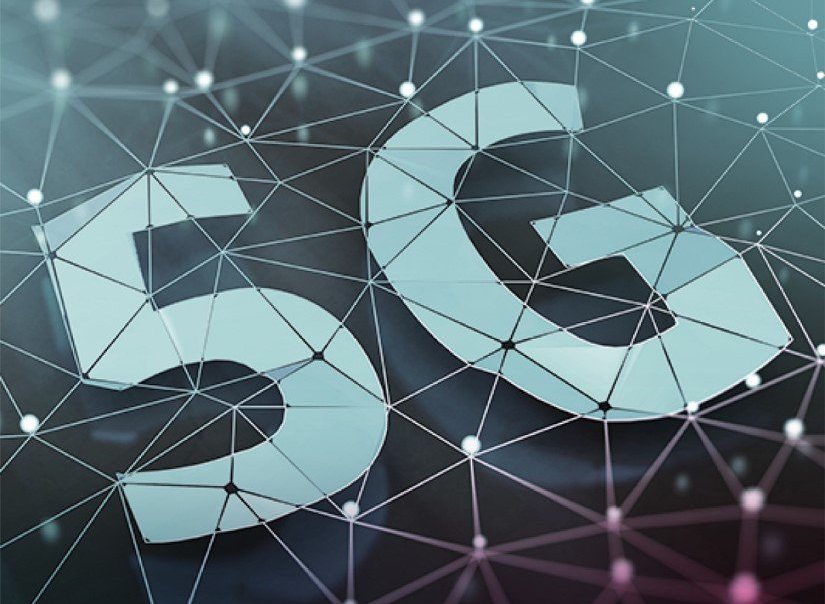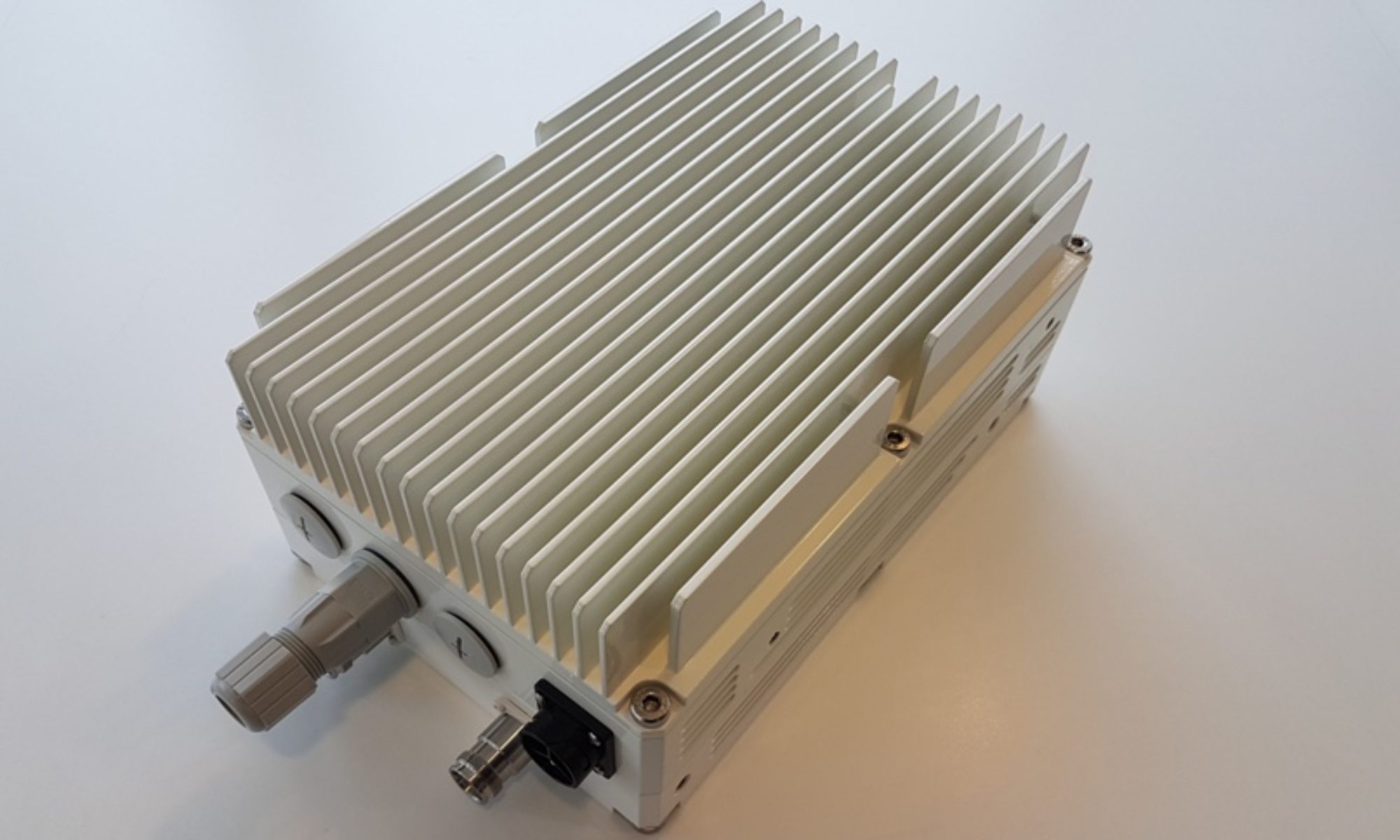5G networks can boost wireless connection speeds by a factor of 10 and may replace wired broadband. But what are the challenges faced by 5G, compared to 4G technology?
What is 5G?

5G wireless is an umbrella term to describe a set of standards and technologies for a radically faster wireless internet that ideally is up to 20 times faster with 120 times less latency than 4G, setting the stage for IoT networking advances and support for new high-bandwidth applications.
5G and 4G are marketing words used to describe the standards set by the 3GPP for mobile wireless communications technology
5G network speed vs 4G
With every new generation of wireless technology, the biggest appeal is increased speed. 5G networks have potential peak download speeds of 20 Gbps, with 10 Gbps being seen as typical. That’s faster than current 4G networks, which currently top out at around 1 Gbps, and also faster than cable internet connections that deliver broadband to many people’s homes. 5G offers network speeds that rival optical-fiber connections.
Raw speed alone isn’t 5G’s only important improvement; it also features a huge reduction in network latency. That’s an important distinction: throughput measures how long it would take to download a large file, while latency is determined by network bottlenecks and delays that slow down responses in back-and-forth communication.
Latency can be difficult to quantify because it varies based on many network conditions, but 5G networks are capable of latency rates that are less than a millisecond in ideal conditions. Overall, 5G latency will be lower than 4G’s by a factor of 60 to 120. That will make possible a number of applications such as virtual reality that delay makes impractical today.
5G technology
The technology underpinnings of 5G are defined by a series of standards that have been in the works for the better part of a decade. One of the most important of these is 5G New Radio, or 5G NR, formalized by the 3rd Generation Partnership Project, a standards organization that develops protocols for mobile telephony. 5G NR will dictate many of the ways in which consumer 5G devices will operate, and was finalized in June of 2018.
A number of individual technologies have come together to make the speed and latency improvements of 5G possible, and below are some of the most important.
Millimeter waves
5G networks in the USA currently use frequencies in the 30 to 300 GHz range. (Wavelengths at these frequencies are between 1 and 10 millimeters, thus the name.) This high-frequency band can carry much more information per unit of time than the lower-frequency signals currently used by 4G LTE, which is generally below 1 GHz, or Wi-Fi, which tops out at 6 GHz.
Millimeter-wave technology has traditionally been expensive and difficult to deploy, and operate over much shorter distances than lower-frequency 5G bands. Technical advances have overcome those difficulties, which is part of what’s made 5G possible today.
Initial 5G deployments in the USA have focused on Millimeter waves (mmWave), compared to Sub-6GHz 5G deployments in Europe, Middle East and some other early 5G markets
Small cells
One drawback of millimeter wave transmission is that it’s more prone to disruption than Wi-Fi or 4G signals: the high frequency signals don’t pass through solid objects such as brick walls, metal and concrete.
To overcome this, the model for 5G infrastructure will be different from 4G’s. Instead of the large cellular-antenna masts we’ve come to accept as part of the landscape, 5G networks will be powered by much smaller base stations spread throughout cities about 250 meters apart, creating cells of service that are also smaller.
These 5G Small Cell base stations have lower power requirements than those for 4G and can be attached to buildings and utility poles more easily.
Massive MIMO
Despite 5G base stations being much smaller than their 4G counterparts, they pack in many more antennas. These antennas are multiple-input multiple-output (MIMO), meaning that they can handle multiple two-way conversations over the same data signal simultaneously. 5G networks can handle more than 20 times more conversations in this way than 4G networks.
Massive MIMO promises to radically improve on base station capacity limits, allowing individual base stations to have conversations with many more devices. This in particular is why 5G may drive wider adoption of IoT. In theory, a lot more internet-connected wireless gadgets will be able to be deployed in the same space without overwhelming the network.
Beamforming
Ensuring all these signals go back and forth to the right places is tricky, especially with the challenges millimeter-wave signals have with signal obstructions and distance limitations. To overcome those issues, 5G stations deploy advanced beamforming techniques, which use constructive and destructive radio interference to make signals directional rather than broadcast. That effectively boosts signal strength and range in a particular direction.
5G-network services availability
The first commercial 5G network was rolled out in Qatar in May 2018. Since then, networks have been popping up across the world, from Argentina to Vietnam.
One thing to keep in mind, though, is that not all 5G networks deliver on all the technology’s promises yet. Almost all early 5G offerings piggyback on existing 4G infrastructure (Non-Standalone, NSA mode), which reduces the potential speed gains; other services dubbed 5G for marketing purposes don’t even comply with the standard. Later on, Standalone (SA) mode 5G will become available.
What about 6G? Why talk about 6G already?
Some experts say 5G won’t be able to meet the latency and reliability targets it is aiming for. These skeptics are already looking ahead to 6G, which they say will try to address these projected shortcomings.
Some groups researching new technologies that can be included into 6G include The Center for Converged TeraHertz Communications and Sensing (ComSenTer). Part of the specifications they are working on calls for 100Gbps speed for every device.
In addition to adding reliability, overcoming reliability and boosting speed, 6G is also trying to enable thousands of simultaneous connections. If successful, this feature could help to network IoT devices, which can be deployed in the thousands as sensors in a variety of industrial settings.
Even in its embryonic form, 6G may already be facing security concerns due to the emergence of newly discovered potential for man-in-the-middle attacks in tera-hertz based networks. The good news is that there’s plenty of time to find solutions to the problem. 6G networks aren’t expected to start rolling out until 2030.
For Further Information
Please Contact Us
